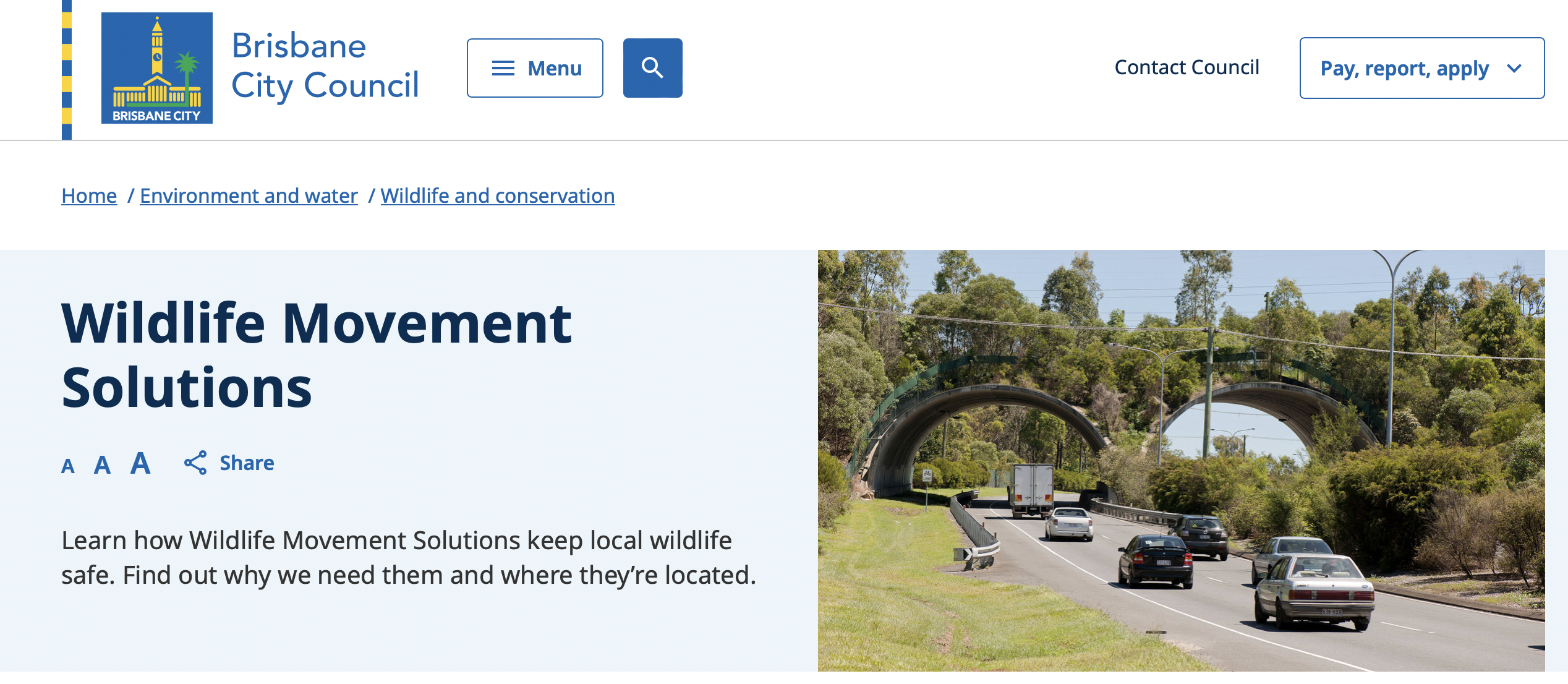Kerrie Allen, Mount Alexander Wildlife Watch
If you’ve recently spoken about wildlife road-strikes, you’re not alone. The issue has become so widespread and distressing that a Parliamentary Inquiry is currently under way in Victoria. The reasons are obvious — rapid urban development and a booming human population have collided head-on with native wildlife habitats.
In just 40 years, Victoria’s population has jumped from 2.8 million to nearly seven million. A quarter of Victorians now live rurally, and regional tourism is booming. Meanwhile, roads have been pushed through natural habitats without regard for the animals that live there. As a result, wildlife collisions are becoming an increasingly serious and urgent issue.
Victoria’s urban sprawl stands out among other Australian states and countries — for all the wrong reasons. Unlike many places overseas, we’ve failed to incorporate wildlife crossings into infrastructure planning. The costs are high: loss of human and animal lives, expensive vehicle repairs, transport delays, insurance hikes, and pressure on emergency services and wildlife carers.
Tourism also suffers. According to Tourism Australia, Australia’s unique wildlife is our biggest tourism draw. In 2024 alone, nature-based tourism revenue was $90 billion — more than double the outdoor sports or arts sectors and eight times that derived from wineries. Dead and injured animals on the roadside are not only tragic but off-putting to visitors.
There is good news — solutions exist.
Experts agree speed is a major factor in collisions, especially at dawn and dusk. Lowering speed limits in high-risk areas could help, though public support may vary. Virtual fencing and flashing lights may offer short-term fixes, but animals can adapt to them, reducing long-term effectiveness.
Proven solutions that decrease collisions and enhance biodiversity through safe corridors for wildlife movement, include wildlife overpasses and underpasses. Underpasses can often be retrofitted to existing infrastructure. Landbridges — or green bridges — are even more impactful, reducing wildlife collisions by 80–90 per cent. Europe and North America have thousands of these structures — some are even tourist attractions in themselves. Australia has just a handful, and Victoria has none.
It’s time Victoria caught up.
Join us Sunday, August 31, 2–4pm at the Ray Bradfield Room, 33 Forest Street, Castlemaine (between IGA and Victory Park) for a free seminar with subject matter expert Professor Emeritus Darryl Jones. Learn how we can create safer roads for humans and animals alike. RSVP essential: mountalexanderwildlifewatch@gmail.com








